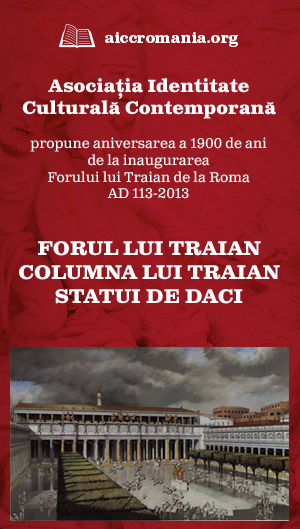Israel Museum / Ruppin Boulevard, Jerusalem 91710 / imjnet.org.il
Dacian, marble torso, (Israel Museum, Samuel Bronfman Biblical and Archaeological Museum) inv. nr 79.40.100
Place of discovery: unknown; we do not have any information about the history and origin of this sculpture. First it was purchased for the Fogg Museum of Harvard University (Cambridge, Massachusetts). In 1979, the statue is reported at the Israel Museum in Jerusalem, as a result of a donation made by Mr. and Mrs. Joseph Ternbach of New York.
Material: yellowish marble with redish streaks.
Dimensions: total height (head and torso) 0.85 m; head height 0.47 m
Conservation status: the head of the statue in the Israel Museum has suffered some important damage. The left shoulder was completely broken. The top of the cap (bonnet), some of the lower lip and the tip of the nose are missing. A hole in front at the chest level, a trail of spike in the back and a few traces of gray cement remained in the garment folds come to support the assertion that this sculpture was part of a wall of a church or other building. The surface of the sculpture is slightly stained and the brown deposits in the folds of clothing seem to indicate that the statue stood in water. The work is exceptional, even unique among the known heads and statues of Dacians because it has no traces of voluntary mutilation or poorly executed restoration.
The bearded and mustached Dacian, with long and curly hair, wearing a mantle pined with a round fibula on the right shoulder and a tunic whose folds can be seen just below the neck. The cap (pileus) indicates affiliation to the nobility of his people. The shoulder position and height of the eye seems to indicate that the character was represented standing with hands clasped in front (a position featuring the statues of Dacians, as seen also in the representations of Dacians on the Arch of Constantine in Rome and Naples Museum).
The comparison of this head with other "portraits" of the Dacians revealed interesting similarities. The face dimensions are very close to those of the Dacians from the Vatican (Braccio Nuovo room) and Hermitage (Petrograd). The style of these heads is however quite different, with incised pupils and frowning eyebrows.
Date: the style of this work would belong, according to K. Lehmann, rather to Domitian's period than to Trajan’s period (Domitian also celebrated his victory against the Dacians by important buildings). Other experts have attributed the statue to Hadrian's reign, who finished the building of the Forum of Trajan. But it is more likely the style of this sculptures to belong to the period of Trajan.



















